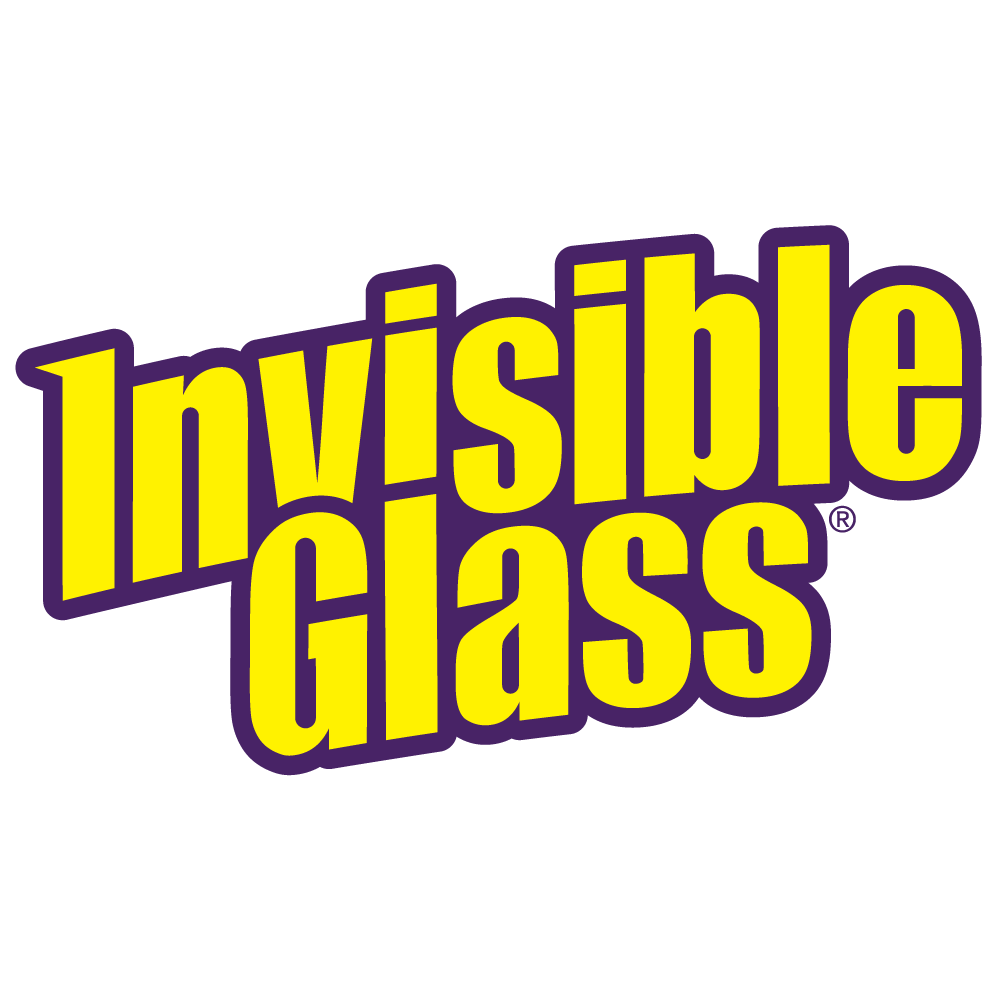
Nothing puts a damper on a newly cleaned car than water spots. These crusty, white-rimmed dots may result from rain, puddles, or lawn sprinklers and may form quickly after standard or commercial car washes. In this post, we’ll detail several methods for water stain removal.
To remove water spots: Apply soapy water to the area, scrub with a wash mitt or microfiber towel, rinse with water, and dry from the top down. Apply wax or sealant post-cleaning to prevent them in the future.
Tools & materials list
You may not have to gather your tools if water spots are fresh. If you notice water stains immediately, use a microfiber towel to apply fresh water and follow with a quick dry using a side-to-side or up-and-down motion. Avoid circular drying patterns, which often cause streaking. If your water stains remain, here’s what you’ll need to address baked-on water spots:
- Water bucket
- Water or a hose
- Car soap
- Detailing clay (Optional for etched-in water spots)
- Wash mitt
- Microfiber towel
- Wax/sealant product (Hybrid Ceramic recommended)
Apply cleaning solution
Chances are, you’re addressing water spots post-cleaning, and you’ll want to use just enough cleaner to remove the water spot without getting it on already-cleaned areas. Dip your wash mitt or microfiber towel into a bucket of soapy water and apply it onto the water spot.
Car soaps come in various pH levels ranging from basic to acidic. Basic pH levels max out at 14 on the pH scale, while acidic cleaners register a lower pH value. Neutral cleaners are found directly in the middle of the scale at seven. Acidic cleaners are powerful but can lead to damage if they remain on a vehicle’s surface for too long. We recommend using pH-neutral car soap for routine cleaning.
If you’re working in hot conditions, be careful to move quickly to prevent the cleaner from drying too quickly on your vehicle. In warm conditions, promptly wipe away excess water to prevent it from dripping and causing new water markings. For tips and tricks on cleaning in hot weather, see our guide.
Scrub with a wash mitt or microfiber towel
After applying your cleaning solution, gently scrub the surface, allowing the soap to work for you. This step should not require excessive pressure, and you’ll likely notice that the water spot slowly fades with each pass.
Soapy water may not entirely remove an etched-in water spot. Don’t worry - these spots often require additional measures. You can remove stubborn water marks using the following steps, from least to most aggressive:
- Reapply soapy water (preferably hot)
- Use a detailing clay
- Polish your paint
Reapply soapy water
In most cases, the combination of soap and time lifts most water spots. Reapply the cleaning solution to the surface and allow it to sit for a few moments before scrubbing. Again, wipe in a side-to-side or up-and-down motion, and then dry.
If spots remain, consider trying a detailing clay.
Utilize a detailing clay
Detailing clay is a resin and clay mixture used to clear pollutants from the surface of a vehicle’s paint, glass, fiberglass, or metal. You can choose between natural and synthetic bars; both are easy to use and provide excellent results.
Claying your paint effectively removes embedded contaminants, particularly mineral deposits. This method should remove the stain if you’re working with a water spot formed from hard water.
Detailing clays are available in “fine” and “medium” forms. We recommend going with a “fine” grade bar for most uses – they’ll remove most debris found with less risk of marrying any finish. If you’re an experienced auto detailer or have previously used clay bars, you may use the “medium” grade with caution.
Before you use detailing clay, you need to use the warmth of your hands to shape it. Squeeze the clay into a disc-like shape of one to two finger-widths thickness.
After shaping, you must lubricate the area you will be cleaning with soap, water, or clay lubrication products. Once the site is lubricated, use the detailing clay in an up-and-down or side-to-side motion. If you notice any sticking, apply additional lubrication.
Use a clean microfiber towel to dry the surface and inspect to ensure your water spot’s removed. If you notice any remaining mineral deposits, go over the area with the clay lube and a fresh portion of clay. Marks should disappear relatively quickly, leaving your vehicle spot-free.
Polishing your paint
The final and most aggressive way to address etched-in water spots involves polishing your paint with a buffing kit. Though buffing is the most effective method for removing water spots, it also comes with considerable risks. Excessive buffing can do more harm than good; without proper technique, it can remove paint and clear coat.
We recommend consulting a professional detailer or detailing service if you opt for this method. A professional can safely buff your car, and you will likely save money compared to the cost of purchasing buffing materials and equipment.
If you choose to polish the car on your own, the process should remove all water spots and light scratches from your car’s paint. Apply polish to the exterior and begin buffing with uniform, light pressure. Frequently move the buffing tool in a circular motion to avoid wearing through the paint or clear coat. Continue polishing until the compound is fully transparent.
Rinse with water
Once you’ve removed the water spots, rinse the area with water to remove lingering debris or soap. This rinse is a crucial step if you’re using a cleaner with acidic properties, as strong cleaners cause surface damage given time in the sun.
Dry from the top down
After rinsing, dry the surface in up-and-down or side-to-side motions with a microfiber towel. Remember to move quickly, as water spots will reform if you don’t dry promptly.
Apply a wax or sealant product
Removing baked-on water spots is a hassle. To save yourself from the task in the future, you can take an additional step to help protect water spots from forming.
Applying wax or sealant products can prevent future water spots by creating a temporary layer between your paint and the outside world. If any water spots form on waxed or sealed surfaces, you can wipe them away quickly. You can check out our blog post on exterior detailing to learn more about waxes and synthetic sealants.
For those who want long-lasting protection against water spots, we recommend Stoner Car Care’s Hybrid Ceramic Liquid Wax. Hybrid Ceramic forms a hydrophobic coating that quickly displaces water, preventing it from sitting and forming water spots. Not only does this product repel, but it also protects for up to six months.
The science behind water spots
Hard water contains abundant minerals, while soft water contains few. A grains-to-gallon ratio classifies water hardness. Most consider anything over three grains per gallon (GPGG) hard water. The table below shows the levels of water hardness based on GPGG, along with the effects each classification of water may have on your vehicle.
|
GPGG |
Water Classification |
Water Characteristics |
|---|---|---|
|
0 to .5 grains |
Softened water |
💧 Water-softener treated water |
|
1 to 3.5 grains |
Naturally soft water |
💧 Lake or surface water that will not cause spotting |
|
3.5 to 7 grains |
Moderately hard water |
💧 Causes some spotting on air dried surfaces |
|
7 to 10.5 grains |
Hard water |
💧 Will cause significant spotting on air dried surfaces |
|
10.5 to 14 grains |
Very hard water |
💧 Car surfaces challenging to keep clean and free of mineral deposit build-up |
|
14 GPG and over |
Extremely hard water |
💧 Significant, potentially damaging staining on vehicle’s glass, chrome, and painted surfaces |
Geographical location plays a significant role in water hardness. The following chart from h2o Distributors represents water hardness found throughout the United States:

The red or dark orange areas contain the hardest water and an increased likelihood of water spots forming on your vehicle.
Water spots form from mineral deposits left behind when unfiltered tap water, well water, or natural rain evaporates. While the liquid vaporizes, the minerals within the water remain on your car’s surface. Most water spots contain limescale, a hard, chalk-like residue. While these spots may require several attempts to remove, given a professional cleaning solution and some elbow grease, they will lift. Regular washing followed by prompt, thorough drying helps to prevent water marks on your vehicle.
Evaporation may cause bonded mineral water spots to form depending on the minerals in your water. Bonded mineral marks arise when water with an extremely high concentration of minerals remains on your car’s surface for an extended time, making them more challenging to remove. These types of water spots usually require removal with detailing clay or buffing.
The third and final type of blemish is an etching water spot. Etched water spots occur when water droplets remain to dry onto the surface of your car in high heat or direct sunlight. These marks show that the mineral deposits that penetrated your car’s surface layers are no longer removable with chemicals or a wash. Etched water spots can cause permanent damage if cleaned incorrectly, and severe etching requires abrasion to correct. Consult a qualified professional, as improper handling can permanently damage your vehicle’s finish.
How water spots damage your exterior
Water spots may seem insignificant compared to other external contaminants such as sap, bird droppings, rust, or tar. However, water spots can cause more significant harm to your car than any of the above pollutants.
Water spots will eat through a vehicle’s clear coat if allowed to remain, and this situation requires aggressive cleaning methods, such as polishing or sanding, to remedy. Various minerals found in water may have minor to moderate acidity levels, causing the metal surfaces of your car’s exterior to erode.
Keep your car spot-free!
Water spots aren’t just unsightly – without proper, routine cleaning, they damage your car. A few extra minutes of cleaning and prevention go a long way in preventing future water spots from occurring. To prevent water spots: Apply soapy water with a wash mitt or microfiber towel, rinse with water, and dry from the top down. Apply wax or sealant to prevent future water blotches. Keep your exterior safe and shiny throughout all your washes and travels!



